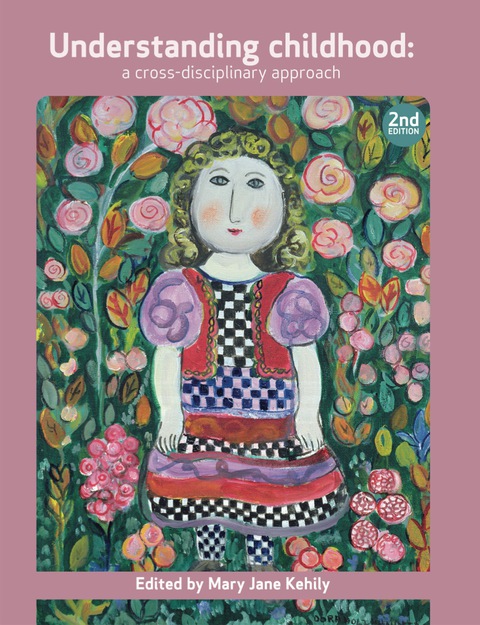Description
Efnisyfirlit
- Understanding childhood:a cross-disciplinary approach
- Contents
- Series preface
- Contributors
- Introduction
- Chapter 1
- 1 Introduction
- 2 Contours of a ‘crisis’
- 3 Crisis in context
- 4 Parenting in late modernity
- 5 Conclusion
- References
- Reading A Can these be children?
- Reading B Making sameness: mothering, commerce and the culture of children’s birthday parties
- Reading C Buy a better baby
- Chapter 2
- 1 Introduction
- 2 How do historians study childhood?
- 3 Influential historians of childhood
- 4 Major themes in European constructions of childhood
- 5 Conclusion
- References
- Reading A Child witches in seventeenth century Germany
- Reading B The kiddy and the pork chop: childhood 1950-1973
- Chapter 3
- 1 Introduction
- 2 The emergence of child development
- 3 A new science of child study
- 4 Stages of development
- 5 Development in context
- 6 Conclusion
- References
- Reading A A biographical sketch of an infant
- Reading B Young children’s understanding of other people
- Untitled
- 1 Introduction
- 2 The emergence of anthropology: from the armchair to the field
- 3 Margaret Mead and childhood
- 4 Anthropolgy within ‘the new social studies of childhood’
- 5 Conclusion
- References
- Reading A Dealing with the dark side in the ethnography of childhood: child punishment in Tonga
- Reading B Children’s views of death
- Reading C The spiritual lives of Beng infants
- Chapter 5
- Untitled
- 1 Introduction
- 2 Making the familiar strange
- 3 Development and socialisation
- 4 The ‘new social studies of childhood’
- Untitled
- 5 After the new paradigm
- 6 Conclusion
- References
- Reading A Exploited or empowered?
- Reading B The social production of children as subjects
- Chapter 6
- 1 Introduction
- 2 Types of data
- 3 Quantative data
- 4 Qualitative data
- 5 The choice between using quantitative and qualitative data
- 6 Evaluative versus documentary orientations
- 7 Conclusion
- References
- Acknowledgements
- Index






Reviews
There are no reviews yet.